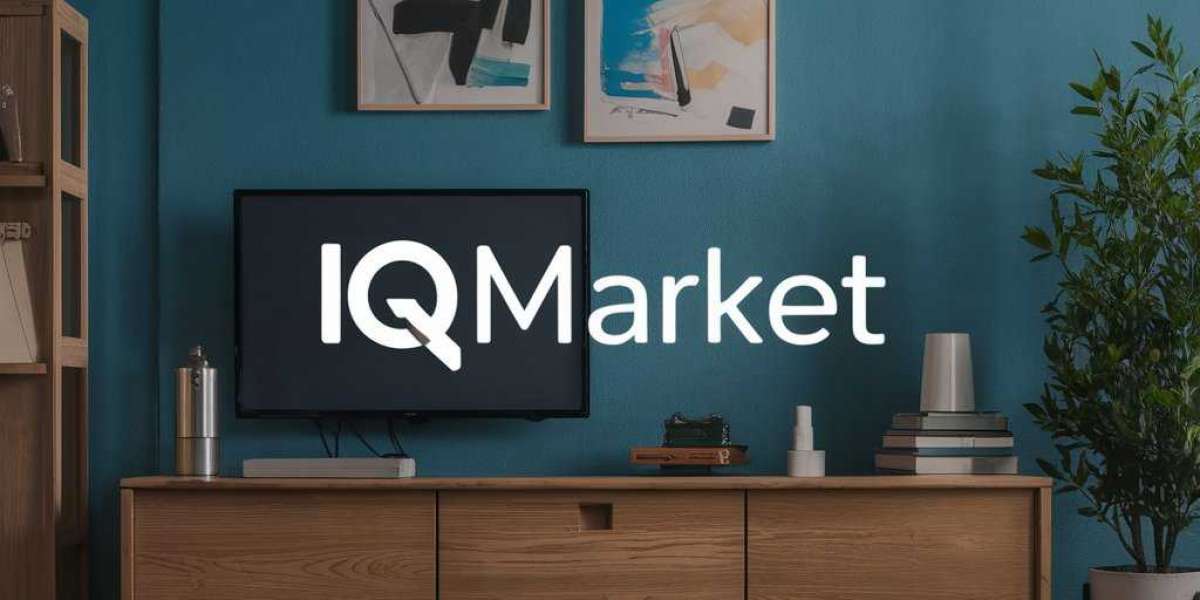So, you're planning to buy a new TV but can't decide between OLED, QLED, QNED, LED, and LCD matrices? And you don't know which one is better? Then this article is just for you. We will explore the features, capabilities, and differences of TVs with these matrices, as well as provide useful tips to help you choose the perfect TV for your home. Additionally, we will recommend the best TV models in various price categories. So, let's go — for the ideal TV!
What to Consider When Choosing a TV
Type of TV
One of the most important parameters of TVs is the type of matrix. It determines the image quality, supported diagonal, functionality, and of course, the price of the TV. For a small device, simple LED matrices are sufficient, providing decent image quality at a low price. However, for larger screens, it is worth choosing high-quality, advanced matrices with high resolution and good detail so that the picture looks good on large diagonals.
Screen Diagonal
The choice of screen diagonal depends on the size of the room. For a small room, it is advisable to choose a TV with a smaller diagonal to ensure comfortable viewing. For larger rooms, TVs with a larger diagonal are suitable so that the picture looks bright and saturated even from a distance.
Resolution
The larger the screen, the higher its resolution should be. Depending on the size of the display, this can be HD, Full HD, 4K, or even 8K.
Smart TV Function
Modern TVs often come equipped with Smart TV functionality, which provides access to various programs and features. This has become standard for most users.
Processor
The processor in the TV is responsible for the speed and smooth operation of Smart TV, programs, and web surfing. For comfortable use of applications, the processor should be powerful.
Design
The appearance of the TV is also important since it is always in a prominent place. Before purchasing, consider where and how the TV will be installed so that its design harmoniously fits into the interior.
Different Matrices in TVs — How Do They Differ?
LCD TVs
LCD TVs are affordable and offer a wide selection of models. They use CCFL lamps that pass through special filters and liquid crystals to create the desired color effect. The advantages of such matrices include low energy consumption and good image quality.
LED TVs
LED TVs are an improved version of LCDs. They use LEDs for backlighting, which makes the image quality sharp and clear. There are two types of LED matrices: Edge LED and Full LED (Direct LED). Edge LEDs are located along the edges of the screen, making TVs thinner. Full LEDs have LEDs across the entire surface of the display, providing even backlighting.
OLED TVs
OLED TVs use organic light-emitting diodes that light up independently of one another, providing high color quality and deep blacks. They are significantly more expensive but offer ideal image quality.
QLED TVs
QLED TVs utilize quantum dots that allow for more accurate color generation. This technology ensures high image quality with bright and saturated colors.
QNED TVs
QNED TVs combine Quantum Dot NanoCell technology and Mini LED backlighting. They provide better control over light and shadow zones, reproducing shades and details with high accuracy.
How to Choose the Size and Resolution of the Screen
Diagonal and Viewing Distance
The size of the room and the distance to the screen play a significant role in choosing the diagonal of the TV. For example:
- 26’’ — from 1 to 2 meters
- 34’’ — from 1.3 to 2.6 meters
- 42’’ — from 1.6 to 3.2 meters
- 55’’ — from 2.1 to 3.9 meters
- 65’’ — from 2.5 to 4.95 meters
Resolution
For small screens, HD (1366×768) is suitable, for medium sizes – Full HD (1920×1080), and for large TVs, you should choose 4K (3840×2160) or 8K (7680×4320).
Smart TVs — Advanced Televisions
Smart TVs provide access to additional options, such as games, applications, channel subscriptions, and web surfing. Brands use their proprietary software for Smart TVs:
- Tizen — used in Samsung TVs, convenient for connecting with other Samsung devices.
- WebOS — software from LG, intuitive menu and user-friendly interface.
- Android TV — opens access to many applications, used in TVs from Philips, Sony, Kivi, Skyworth, and others.
- Google TV — integrates different content sources, provides access to streaming platforms, supports Google Assistant, and syncs with other Google devices.
Conclusion
When choosing a TV, consider the type of matrix, screen diagonal, resolution, Smart TV functionality, processor, and design. This will help you make the right choice and enjoy high-quality images and comfortable usage. Determine your needs, consider the features of technologies, and consult reliable suppliers such as iqmarket.com.ua for the best TV options that meet your requirements. We wish you successful shopping!









